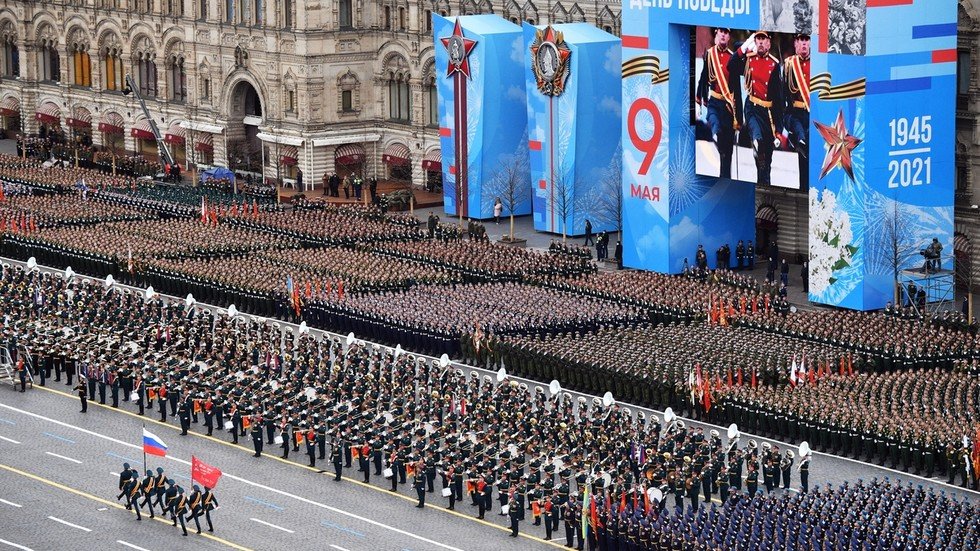In March 2021, 23.7 thousand people with a diagnosis of Covid-19 died in Russia. This is almost the same as in February, when almost 24.4 thousand people with a diagnosis of Covid-19 died. All-cause mortality increased by 25% compared to March 2020.
In total, 191.3 thousand Russians died in March 2021. This is 25% more than in March last year.
Coronavirus became the leading cause of death in 17.4 thousand people in March. Another 6.2 thousand people were diagnosed with Covid-19, but the main cause of death was other diseases that could be exacerbated by the coronavirus.
Rosstat distinguishes several categories in its Covid-19 mortality statistics. The breakdown for March looks like this:
15,003 people - coronavirus became the leading cause of death (virus identified).
2,454 people - The coronavirus may have been the leading cause of death (but the virus has not been identified).
1401 people - coronavirus is not the main cause of death, but it had a significant impact on the development of fatal complications of the disease.
4,857 people - coronavirus is not the main cause of death and did not have a significant impact on the development of fatal complications of the disease.

When analyzing mortality from coronavirus, the excess mortality rate is often used, which is measured in absolute terms or as a percentage. Excess mortality shows how much the number of deaths from all causes has increased compared to the average for several years. Sometimes, when calculating the expected number of deaths, the trend of decreasing mortality is taken into account.
Excess mortality takes into account the number of deaths from all causes and thus helps to assess both the direct and indirect impact of a pandemic.
In March, the excess death rate, according to BBC estimates, amounted to 30.9 thousand people, or 19% compared with the average this month over the past five years (160 396 people).
How many people have died since the start of the epidemic?
According to Rosstat, from April 2020 to March 2021, 248.5 thousand people with a diagnosis of Covid-19 died in Russia. This is more than two times more than the official data on the stopkoronavirus.ru website show.
Putin believes that Russia has dealt with Covid-19 better than the EU and the United States. It's true?
Anniversary of the lockdown. Five graphs about what happened to the population and economy of Russia
Moscow reports that there are "more than a million" vaccinated against covid. Is it a lot or a little?
Open Media calculated that the excess death rate as of April 27 was about 500 thousand people. The independent demographer Alexey Raksha came to the same conclusion.
According to Dmitry Kobak, a data analyst from the University of Tübingen, excess mortality in Russia from April 2020 to February 2021 was 447 thousand people.
Most of all, the pandemic affected the mortality of older generations in cities, according to Rosstat statistics on mortality rates (the number of deaths per thousand people in each age category).
For example, throughout Russia, the mortality rate among the urban population aged 85 and over in 2020 increased by 18% to almost 200 deaths per 1,000 people.

In Moscow, where the epidemic began to spread in April 2020, mortality among the population aged 85 and over increased by 17.7% - to almost 125 deaths per thousand people.

The strongest increase in mortality among the urban population took place in Chechnya. The mortality rate among urban residents aged 85 and over has grown 2.5 times - up to 653 deaths per 1,000 people. According to Rosstat, as of early 2020, 923 people of this age lived in the cities of Chechnya.
The mortality rate among Chechen townspeople aged 80-84 and 75-79 has more than doubled. At the beginning of 2020, more than 5.3 thousand people aged 75-84 lived in the cities of Chechnya.

What's happening with the coronavirus now?
Across Russia, the number of new Covid-19 infections, which began to rise again after reaching a minimum in August 2020, approached 30 thousand by the end of the year. In 2021, the indicator gradually decreased and by mid-March dropped below the 10 thousand mark. In April, the number of new cases ranges from 8-9 thousand.
In Moscow, there is a slight increase in infections and hospitalizations, according to the data of the headquarters of the capital. In the first two weeks of April, the incidence in the capital ranged from 1-2 thousand people per day, and then the figure began to increase. On April 29, for the first time since the end of January, the threshold of 3,000 new infections was exceeded.
In late March, Deputy Health Minister Tatiana Semenova said that the incidence rates "allow us to talk about the third wave of coronavirus infection." However, later the Minister of Health Mikhail Murashko stated that it was "too early" to talk about the third wave.
In late April, Bloomberg wrote, citing two unnamed officials familiar with unofficial government statistics, that a third wave of coronavirus had already begun in Russia.
https://www.bbc.com/russian/news-56945861


 asia.nikkei.com
asia.nikkei.com






















